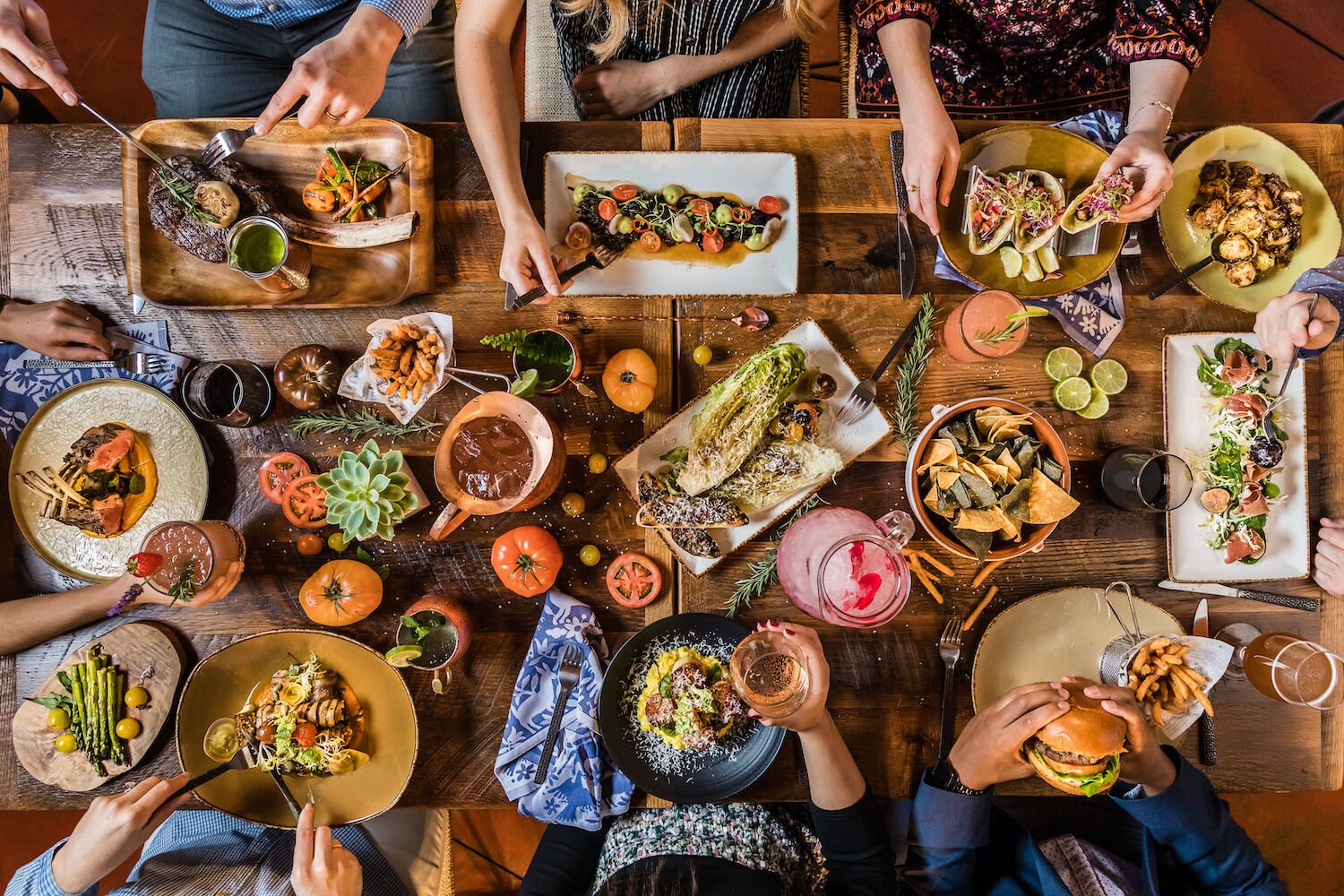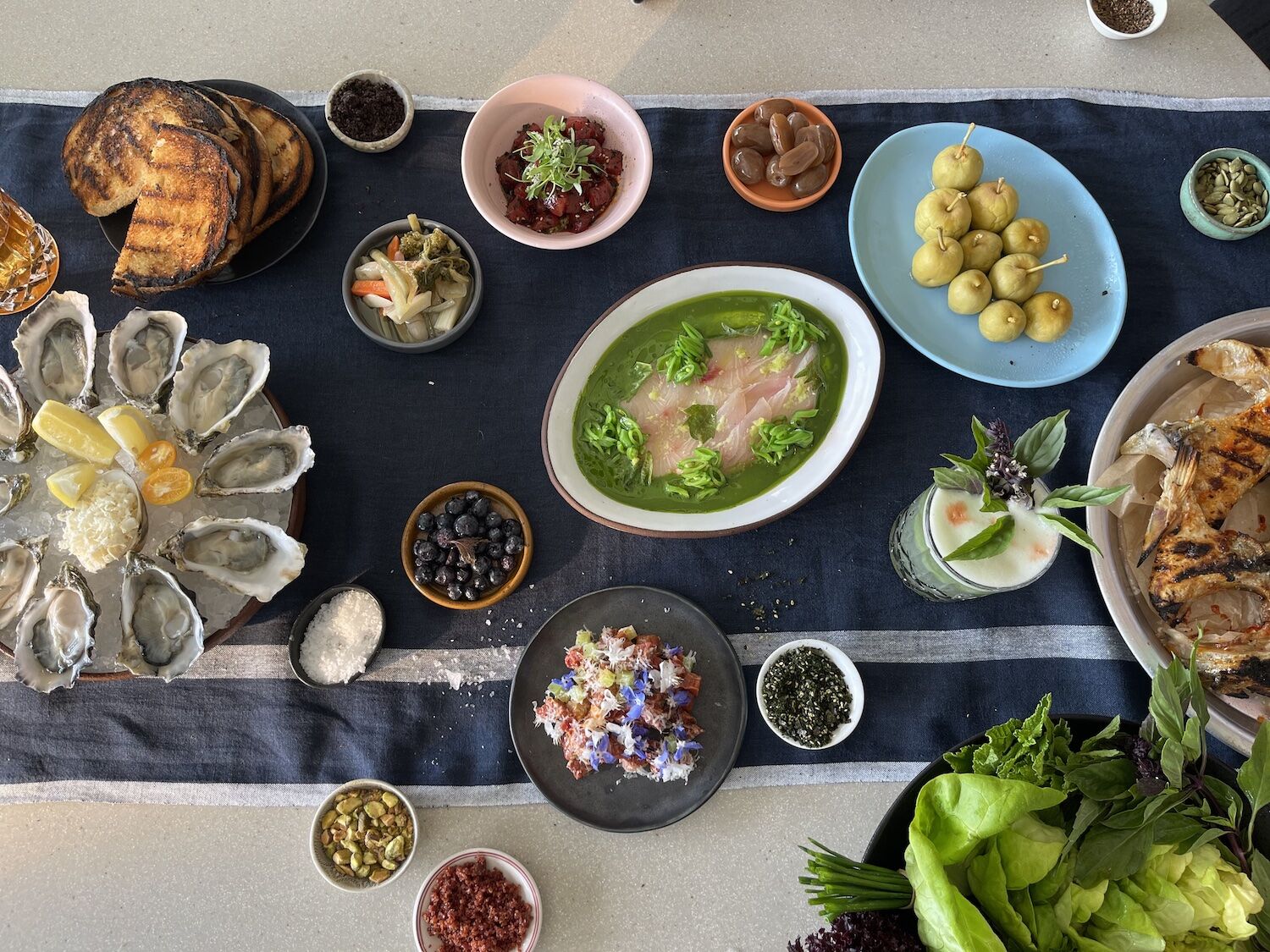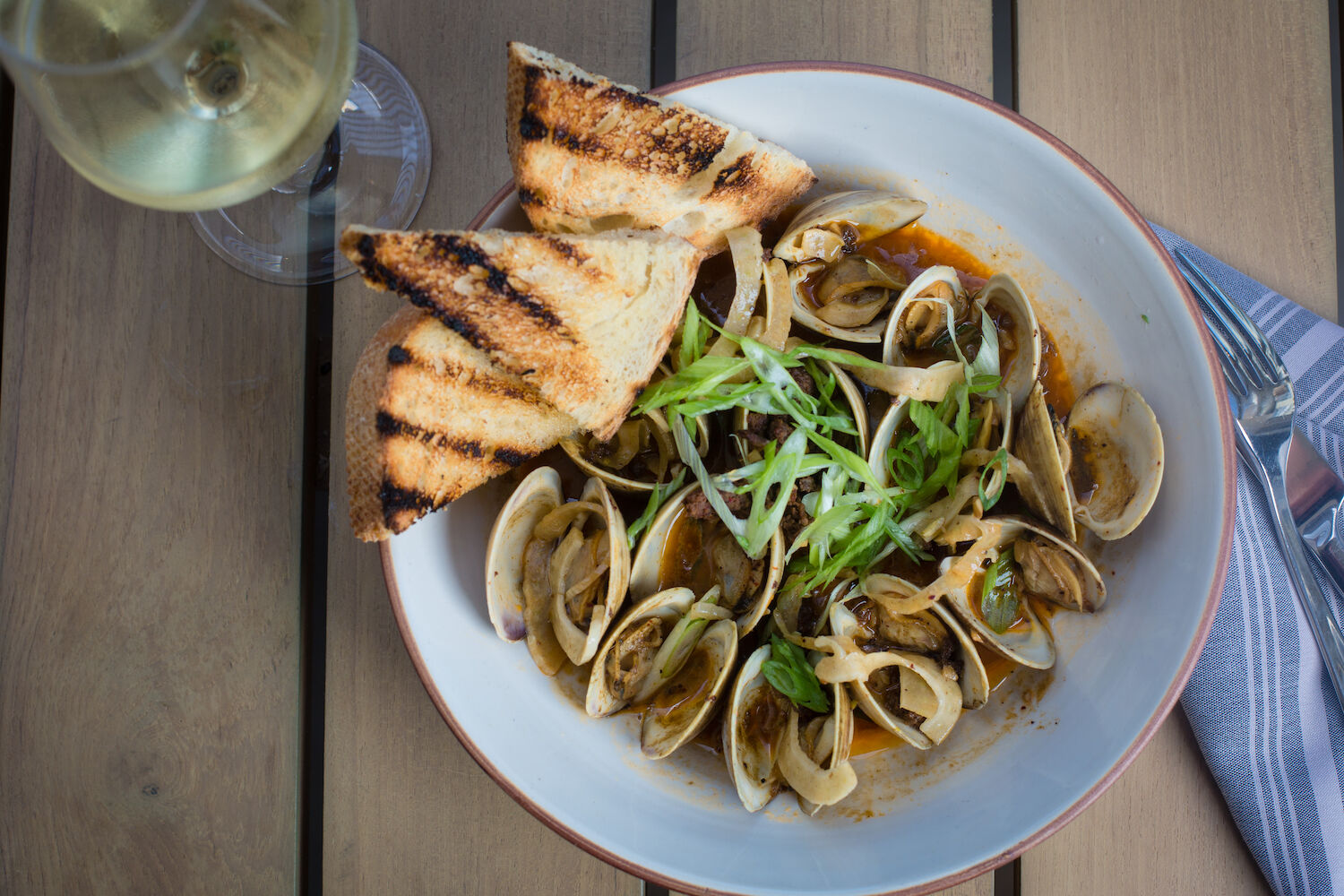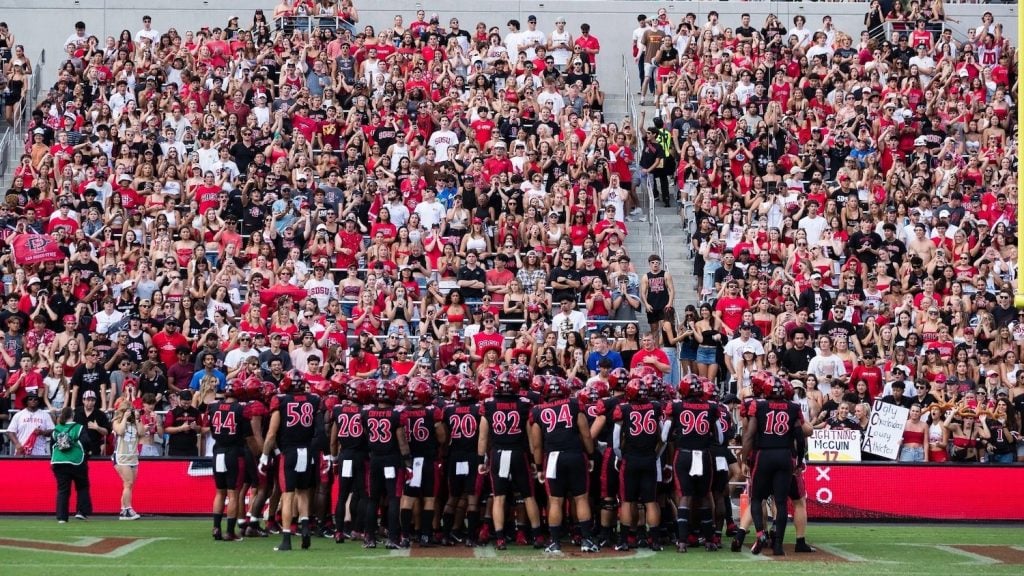
Mustangs & Burros
Estancia La Jolla
Back when I was a bright-eyed, debt-tailed college grad, one of my colleagues at my first job was the office foodie. Every time someone wanted the scoop on which fancy restaurant was first date-proof, or had an esoteric request like “chic-yet-casual family meal with vegan options and a decent creamed corn,” they knocked on her door.
I wanted to be her. I would be the person you came to when you needed to appease the bellies of your kin.
So much so, in fact, that I quit that job a couple of years later and took the plunge into food writing and the hospitality industry. Years later, I still get a thrill when someone comes to me for a recommendation. But being the go-to foodie of the group isn’t as glamorous as I imagined it to be. And that’s never more painfully apparent than when you’re trying to cater a family gathering.
I’m sure it’s no stretch to imagine the person in the group who wants to keep things “cost-effective,” the one who says “not to worry, I’m happy with anything,” only to second-guess every choice that was made. Or the one who believes anything wilder than a wedge salad is blasphemy or, at the very least, Wiccan. Or, of course, the one who is determined to be unimpressed with the choice simply because they’re resentful about having never been the office foodie.
Enter hotel restaurants. By very definition, they are designed to please everyone.
Chef Vincent Savignano, director of food & beverage at Estancia La Jolla Hotel & Spa, acknowledges both the pros and cons to the broad strokes hotel restaurant menus must keep in mind.

Adelaide at L’Auberge Del Mar
L’Auberge Del Mar
“The biggest challenge for us is to keep it fun and approachable without feeling like a cookie cutter,” he says. “There’s plenty of hotels out there that have to make the egg sandwich in exactly the same way all around the world because that’s how it has to be. We’ve been given the opportunity to do what’s right for us and what’s indigenous and local for us.”
Noble House Hotels & Resorts boast being ‘experience-driven’ boutique hotels. They have four in San Diego: L’Auberge Del Mar, Estancia La Jolla Hotel & Spa, San Diego Mission Bay Resort, and Kona Kai Resort & Spa. Together, their “Noble chefs” are united in their mission to highlight SoCal’s bounty. Still, the old tropes about hotel breakfasts—a giant scrambled egg mountain in a vat next to a logpile of too-thin bacon, washed down with OJ with top-notes of concentrate—lurk.
“There’s that dreadful hotel stigma of, ‘Oh, you’re just a hotel restaurant,” Savignano says. “But I can guarantee you that we will stand up to some of the best chefs in the valley. We’re not just about the guests, but also our locals.” It’s becoming more apparent that it’s no longer okay for hotel restaurants to swim during tourist high season, and sink into the slow months.
With increased competition driving down profit margins of charging for beds, their restaurants must compete with freestanding restaurants for the love of locals. “I would love to serve just [one thing] and say it’s amazing,” says Savignano, “but our clientele is broader and we have to be more open to menu development.”
For chef Nicholas Green of L’Auberge Del Mar, it’s all about adding touches of personality to ubiquitous comfort food. “They should be expressive of our culinary histories as well as the terroir of Southern California,” he says. “I did not realize prior to moving to San Diego how deep some of the cultural roots are, from Mexican to Asian and everything in between that exists here. It’s been exciting for me to explore all these pockets and process these experiences by putting food together.”
Expressing those varied cultural influences in one single restaurant menu might give a diner vertigo. But hotel chefs often have the advantage of multiple outlets on the same property (signature restaurant, pool bar, coffee shop, in-room dining, etc.). It also helps that both locals and travelers are far more food-polyamorous than they once were, thanks to internet cooks trying to “out far-flung” each other with their recipes. “We have a little bit more freedom than we once did in hotel restaurants,” he says.

Adelaide at L’Auberge Del Mar
L’Auberge Del Mar
San Diego widens the options even further, thanks to the fact that it has more small farms per capita than any other county in the U.S., and growing seasons are comically longer than in the rest of the country (shout out to a Californian chef friend of mine who opened a restaurant in the middle of a Chicago winter—“there’s only so many things you can do with potatoes!”).
San Diego Mission Bay Resort exec chef Roy Hendrickson got his start at age 15, taking on a front of house position in Coventry, England. From there, he transitioned to back-of-house roles, spanning from kitschy cooking styles like teppanyaki to “run of the mill” corporate restaurants. He says the unique advantage of the hotel restaurant is the international network—which also includes ingredients.
“We can bring products in from halfway around the world and just have fun with it,” he says. Hendrickson has been playing with lesser-known ingredients, like rocoto peppers from Peru—juicy peppers resembling heirloom tomatoes in look and scotch bonnet peppers in flavor. “I just kind of want to see people’s reactions to it.”
While most chefs at independent restaurants design their menus for a somewhat clear target audience, the clientele at hotels swings wildly through various cultures, always keeping chefs on their toes. They take a daily walk down the tightrope between quirky comfort and epic boredom.
“Hotel chefs take kind of a backseat,” Savignano acknowledges. “But we understand hospitality and we have the edge that we can make whatever [our guests] want.”
So, the next time you’re dealing with the whims of the “oh, whatever” friend and the “oh Brussels sprouts are so last year” friend, consider the hotel chef. Their entire existence is catering to 30 different whims at once. They are every office foodie, rolled into one.
PARTNER CONTENT
Keep an eye out for Noble House Hotels & Resorts’ quarterly dinner series.








